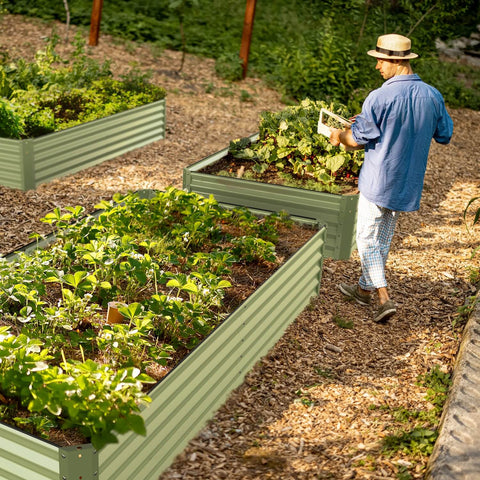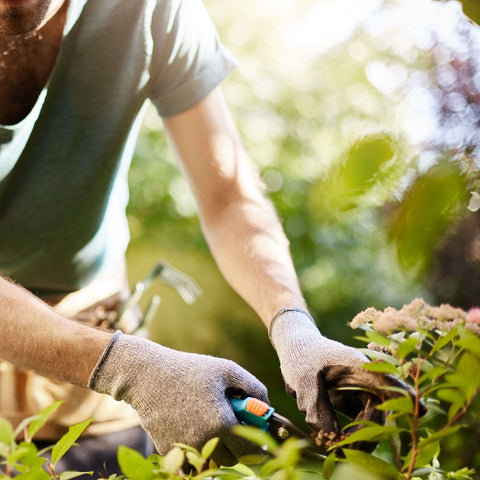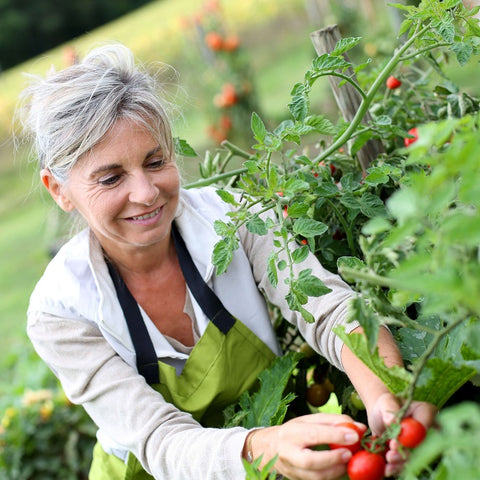Growing vegetables at home can be a fun and fulfilling activity, but there are often problems along the way. This article covers some common home growing problems and provides effective solutions to these problems to help you get healthy plants and a rich harvest.The following content also has some reference value for raised garden beds.
- Poor soil quality: When your soil quality is poor, plants may not get enough nutrients and water. The solution is to improve the soil by adding organic fertilizers, decomposed compost or peat. 2. Soil that is too wet or dry: Soil that is too wet causes roots to rot, while soil that is too dry causes plants to lose water. Check soil moisture regularly and water or drain as needed.

- Insufficient light: plants need sufficient sunlight for photosynthesis. If your plant grows in shade, it may result in slow growth or weak plants. Move the plant to a sunny position or use artificial lights to supplement the light. 2. Overexposure: Some plants are sensitive to excessive exposure to strong sunlight, which can lead to brown leaves or burns. Provide adequate shade for plants or plant tolerant plants in hot weather.
Three, water problems: 1. Watering too much or too little: excessive watering may cause roots to suffocate, and insufficient water will cause plants to wither. Get the right amount of water, water regularly according to the plant's needs, and make sure the soil stays moderately moist. 2. Too wet leaf area: Some plants are sensitive to too wet leaf area, which is easy to cause bacteria breeding. Avoid wetting plant leaves and try to water in the morning or evening.
Pests and diseases: 1. Pest infestation: Pests such as aphids, snails and planthoppers may impair plant growth. Inspect plants regularly and take appropriate control measures, such as using organic insecticides

Insecticide or manual deworming. 2. Disease infection: Diseases such as mold, bacteria and fungi may cause leaf discoloration, yellowing or decay. Keep plants well ventilated, avoid overly humid environments, and treat diseased plants promptly to prevent the spread of disease.
5, season and temperature: 1. Improper planting season: different plants have different requirements for the season. Choose the right plant species and plant according to the local season for the best growth results. 2. Too hot or too cold: Extreme temperatures may adversely affect plant growth. In cold weather, use heat shields or move plants indoors; Provide shade and appropriate in hot weather
Ventilate.
Six, poor drainage and ventilation
Increase the drainage hole of the container and increase the content of organic matter in the cultivation substrate
Only long leaves do not bloom
Nitrogen fertilizer is too high, insufficient phosphorus and potassium fertilizer, resulting in vegetables only long leaves do not bloom. We should pay attention to increasing phosphorus, potassium fertilizer, control nitrogen fertilizer
All flowers and no fruit

We also often encounter flowering without fruit, on the one hand due to insufficient phosphate and potash fertilizer, on the other hand due to unpollinated or improper pollination. So we need to increase phosphorus, potassium fertilizer, and artificial pollination is necessary.
Conclusion: In the process of growing vegetables at home, we often encounter problems such as soil, light, moisture, pests and diseases, season and temperature. By careful observation, regular inspection and appropriate measures, we can effectively solve these problems. Growing vegetables at home can not only provide us with healthy food, but also exercise our patience and ability to take care of others. Despite the challenges, you will enjoy the fun and fruitful process as you gain experience.









